Abstract : This paper mainly introduces the production process of an MP3 player based on SPCA751A decoding chip.
introduction
The way MP3 compresses music is to remove the high-frequency and low-frequency parts of the sound through an algorithm, which greatly reduces the unnecessary waste of capacity while preserving the audio part that humans can feel. Therefore, it has the advantage of greatly reducing the capacity of digital sound files without damaging the original sound quality. Under the MP3 algorithm, the lower the sound quality, the higher the compression ratio. For a CD-quality Wave file, if the sampling resolution is 16bit, the sampling frequency is 44.1kHz, and the sound mode is stereo, then a Wave file that stores 1 second of CD quality must use 16bit×44100×2=1411200bit. That is equivalent to the storage capacity of 1411.2 kbit, the storage medium has a large burden. After compression by MP3 format, the file can be compressed to the original
1/10 to 1/12, MP3 per second is only about U2-128kbit.
MP3 playback systems are available in both portable and non-portable formats. For non-portable, consider compatibility with other CD music formats. For portable systems, the main consideration is small size, low power consumption, high capacity, and low price.
System Introduction <br>The system block diagram of the portable MP3 player is shown in Figure 1. The functions of each part are as follows:
1. Decoding part: This is the core component of the MP3 player, using hardware decoding technology.
2. Storage: At present, 32MB of FLASH memory is generally used. 32MB of memory can store music of 128kbps (CD quality) for 36 minutes. If it is 16kbps compressed voice, it can store 4 hours of content.
3. Interface part: MP3 files are generally downloaded through the parallel port or USB port of the PC. The transmission rate of the parallel port is low, and the transmission rate of the USB port can be as high as 12Mbps.
4. Power Management: The portable MP3 is small and powered by only one or two AAA batteries, so low voltage and efficient power management are essential.
Audio decoding chip internal structure
SPCA751A is a single-chip signal processing chip produced by Sunplus Technology Co., Ltd. It is an MPEG Layer 2.5 audio dedicated decoding chip, which has been widely used in some portable MP3 player designs. It can support the decoding of 8-320Kbps basic data stream, and supports sampling frequency range from 8KHz to 48KHz. It is very suitable for MPEG audio decoding, and has MPEG playback module with digital voice recording. It has high performance/price ratio. . The decoded signal is a stereo, mono or dual channel digital signal that can be output directly to the DAC. The interface between the SPCA751A and the DAC is programmable. The system controller can easily decode MPEG audio signals by input/output and playback control of the MPEG bit stream through a universal serial I/O port and control interface. A decoded audio PCM data can be output to an external DAC through a universal programmable I2S interface, so most commonly used audio DACs are compatible with the SPCA751A.
For embedded voice recording, the SPCA751A features a high quality 10-bit 8KHz sampling frequency ADC. Based on the SACM_S480 or SACM_S3200 algorithms, speech can be compressed to 4.8Kbps and 32Kbps, respectively, while maintaining the original speech.
The SPCA751A uses a power supply of 3.0V to 3.6V, which can be synchronized with the system clock from its own 16.934MHz crystal through a phase-locked loop. The SPCA751A signal processor can operate at up to 34MHz with low power consumption, making the SPCA751A ideal for portable systems.
The internal function of the SPCA751A chip is shown in Figure 2. The main controller only needs to have enough I/O ports, can access the flash memory and drive the LCD.
To suit the needs of digital recording applications, the SPCA751A has a sigma-delta ADC suitable for the speech band. The converter's circuit consists of two main modules: an ADC module and an internal reference bias voltage module, the latter being a 10-bit harmonic The 15-bit data format of the tone.
The ADC module includes a microphone amplifier, a programmable gain amplifier (PGA), an analog oversampling regulator, and a decimal data filter. The PGA gain can be from -12dB to 12dB (-12, -6, 0, 6, 12dB). When the oversampling signal frequency is 1.024MHz, the regulator is a sigma-delta feedback loop that completes the differential analog signal input to the pulse. Density adjusts the conversion of a single-bit digital signal output.

Figure 1 Portable MP3 player system block diagram
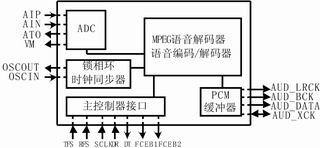
Figure 2 SPCA751A internal function diagram
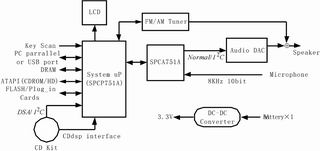
Figure 3 MPEG audio player system block diagram
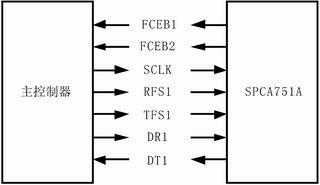
Figure 4 SPCA751A connection to the main controller
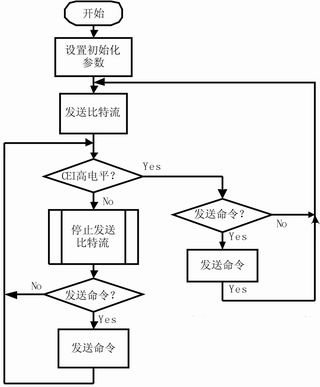
Figure 5 Flow chart of SPCA751A programming
CEI indicates whether the main controller can receive data setting initialization parameters: IDF + 512 bytes data setting bit stream: ID6 + 512 bytes bit stream setting command: ID (low byte) + command (high byte)
hardware design
The SPCA751A is a monolithic CMOS microprocessor that is a dedicated chip for real-time MPEG audio decoding and voice recording. The main processor controls the SPCA751A to decode the MPEG voice data through commands of the serial control port/I/O interface, and the main processor can also detect the decoding process according to the interface. The block diagram of the MPEG audio player system is shown in Figure 3. The connection between SPCA751A and the main controller is shown in Figure 4.
software design
The SPCA751A works in two modes, MP3 mode and Digital Voice Recording (DVR) mode. In the MP3 mode, the SPCA 751A decodes the input bit stream and transmits the data to the SPCA 751A as input data. When FCEB1 is high (default), the host processor sends a bit stream to SPCA751A; when FCEB1 is low, it indicates that SPCA751A is busy, at which point the host processor cannot send any data to SPCA751A. In DVR mode, SPCA751A encodes/decodes the entered digital bit stream. If FCEB1 is high, the main processor can receive data from SPCA751A. When FCEB1 is low, the main processor cannot obtain bit stream from SPCA751A. The flow chart for programming SPCA751A is shown in Figure 5.
Conclusion
MP3 uses a relatively complex technique for better compression, and the sampling rate of wideband audio signals is also high (generally 44.1 kHz or more), so the amount of computation and data of MP3 codecs are quite large. For example, a decoding program written in assembly language on a fixed-point DSP platform requires nearly 40 Mbps for real-time decoding under 128 kbps, stereo, and consumes 15 kB of program/design space. This is one of the reasons why portable MP3s are currently popular in the market, and similar products that can be encoded in real time are still rare. However, with the continuous improvement of hardware performance and continuous improvement of software algorithms, MP3 real-time encoders will certainly achieve further development.
:
What is a Hub Motor? As the name implies, the motor is made inside the hub and drives the wheels directly. In-wheel motor technology, also known as wheel built-in motor technology, is characterized by the integration of power, transmission and braking devices into the hub, thus greatly simplifying the mechanical parts of electric vehicles. In-wheel motor technology is not a new thing. As early as 1900, electric vehicles with front-wheel hub motors were manufactured. In the 1970s, this technology was used in mining vehicles and other fields. For the in-wheel motors used in passenger cars, Japanese manufacturers have earlier developed this technology and are currently in a leading position. International auto giants including General Motors and Toyota have also been involved in this technology. What are the benefits of wheel hub motors and what are the flaws and deficiencies? Let's take a look at the advantages and disadvantages of hub motors.
Hub motor`s advantages:
1. Omission of a large number of transmission components to make the vehicle structure easier;
2. Can achieve a variety of complex driving methods;
3. Easily adopt a variety of new energy vehicle technologies.
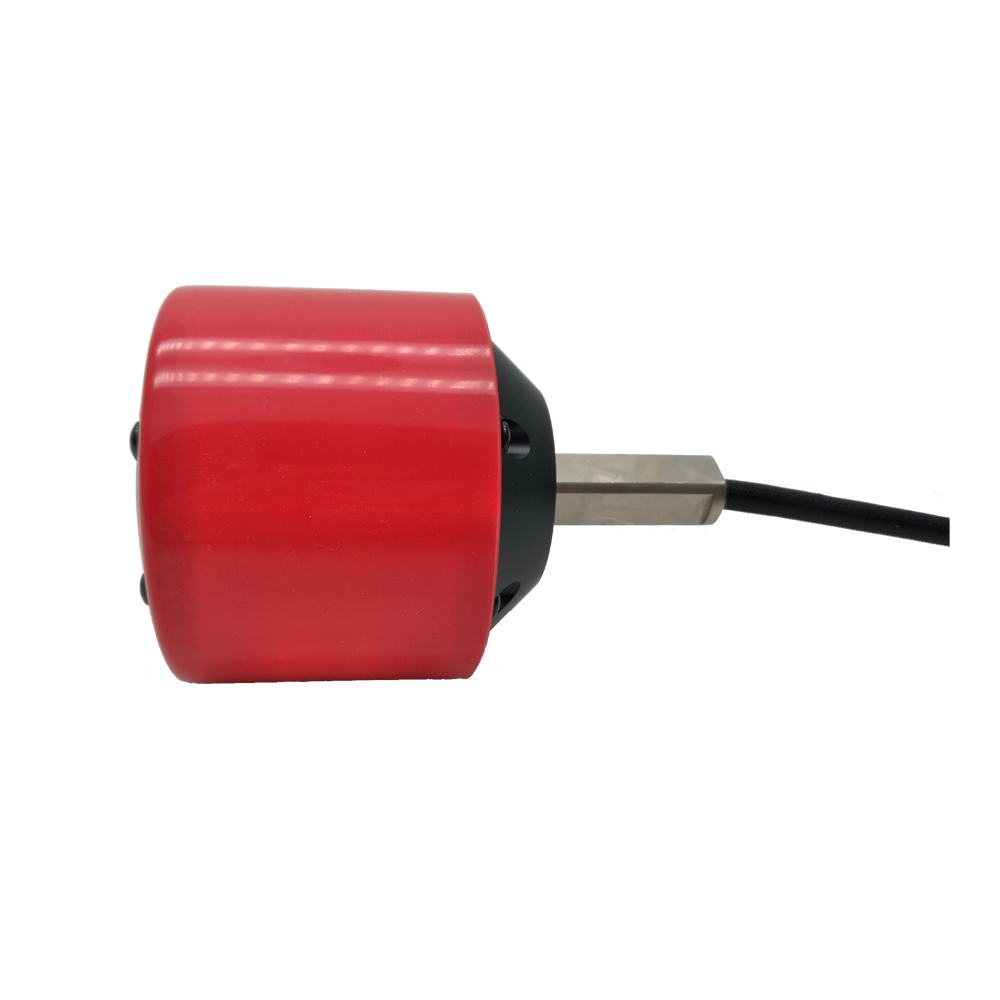
In recent years, the application of foreign wheel hub motor drive technology is mainly reflected in two aspects: First, the integrated electric system developed by the R & D team represented by tire manufacturers or auto parts manufacturers; second, the vehicle manufacturer and hub motor Drive system manufacturers jointly develop electric vehicles. In China, the research on hub motors is mostly concentrated in universities and the products are electric vehicles. At the same time, the automakers of their own brands have also launched their own in-wheel motor technology products. Although domestic auto makers can produce electric vehicles, The research on the wheel hub motor drive technology is not yet mature, especially in the development of high-torque wheel hub motors, and there is still a certain gap between foreign advanced products. Therefore, China still needs to strengthen investment in R&D of wheel hub motor technology, improve core competitiveness, and reduce Gap, strive to reach the world advanced level.
Hub Motor
Hub Motor,Big Hub Motor,Hub Motor With Electromagnetic Brake,Electric Geared Hub Motor
Shenzhen Gold Crown Micromotor Co., Ltd. , http://www.gcmmotor.com